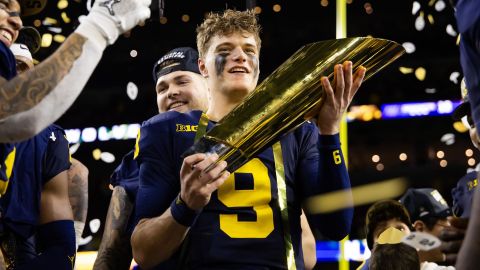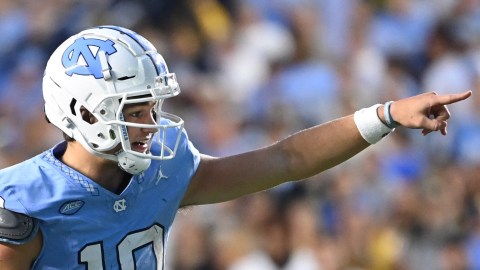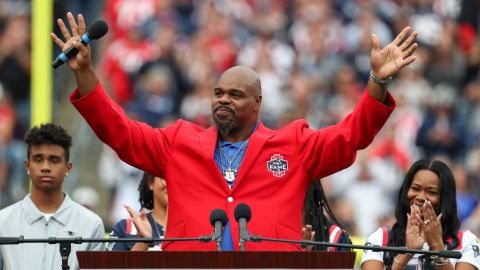 The New England Patriots have the difficult task of finding a common ground between analytics and intangibles this offseason when they decide how to handle Vince Wilfork’s massive salary cap hit in 2014.
The New England Patriots have the difficult task of finding a common ground between analytics and intangibles this offseason when they decide how to handle Vince Wilfork’s massive salary cap hit in 2014.
Sports can be a heartless business. Wilfork helped the Patriots win a Super Bowl in 2004 and AFC titles in 2007 and 2011. He’s been the team’s best defender for the last decade.
But if anything was to be gleaned from the 2014 MIT Sloan Sports Analytics Conference on Friday and Saturday, it’s that every player breaks down to a number. Wilfork’s number in 2014 isn’t 75 — it’s his $11.6 million cap hit in the final season of the five-year, $40 million contract he signed in 2010. The Patriots can save $7.58 million by cutting the five-time All-Pro.
NFL teams expect Wilfork to be a cap casualty. But they could be looking at the 10-year pro in a purely analytical sense. Wilfork is 32 years old, he’s the second-highest-paid player on the Patriots, and he’s coming off a torn Achilles at 325 pounds.
Wilfork’s eventual replacement in 2013, Sealver Siliga, played extremely well from Week 13 — when he made his Patriots debut — to the AFC Championship Game. He single-handedly helped mend New England’s porous run defense while also providing production rushing the passer.
Siliga will make more than 20 times less than Wilfork in 2013.
“Is Player A worth ‘x’ more than Player B?” is the usual approach to contract analytics in the NFL. That “worth” is determined mostly by play on the field but also by leadership, heart, rapport with teammates — or “intangibles,” of which Wilfork has many.
Siliga likely wouldn’t have played as well in 2013 if he wasn’t relying on Wilfork’s knowledge on the sideline to correct mistakes the third-year pro was making on the field. Wilfork served as a highly paid coach in a walking boot last season.
In an ideal world, the Patriots would bring back Wilfork on a restructured or extended contract. His 2014 cap number would be spread over three or four seasons, but that would mean Wilfork accepting a pay cut, which athletes have proven year after year can be a tough pill to swallow.
Wilfork was playing some of his best football in the back half of the 2012 season. His terrific play coincided with a move from three-technique defensive tackle (typically a pass-rushing role) back to the one-technique nose. He looked like a different player in 2013, however. He was almost certainly playing hurt (he missed two preseason games), and his play suffered.
The Wilfork decision is not as cut and dry as the rest of the league seems to think, but only so much can be put on intangibles and the hope that Wilfork can regain his All-Pro form. Wilfork is not 20 times better than Siliga, so the Patriots would have to put a lot of stock in the unquantifiable to keep the big man on board.
Have a question for Doug Kyed? Send it to him via Twitter at @DougKyedNESN or send it here.




